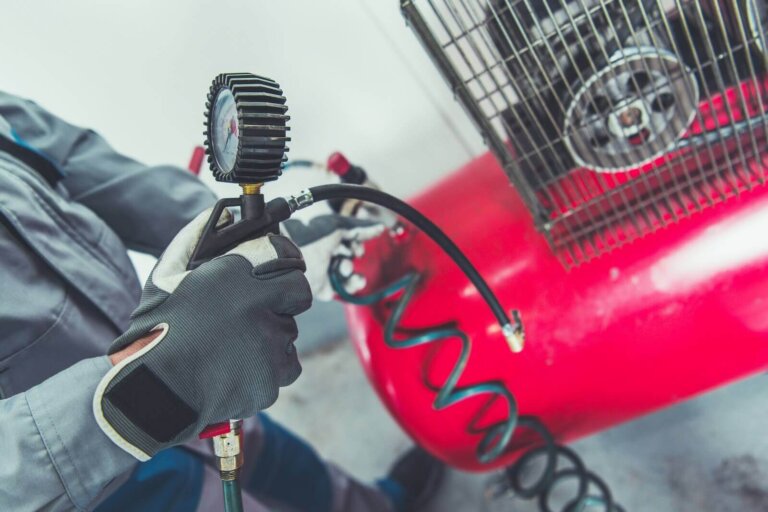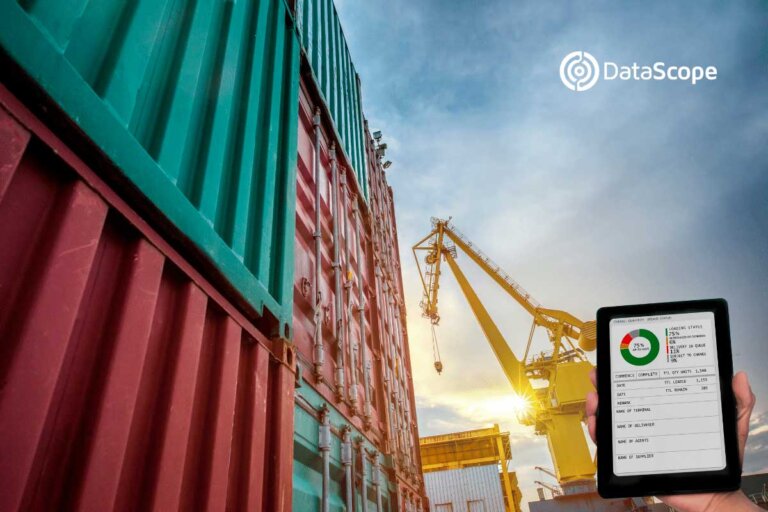Now, with the advent of new digital technologies, manufacturers and maintenance professionals can maximize resources by identifying inefficiencies in their operations and spending less whilst eliminating the issues that provoke costly emergency breakdowns and implementing a balanced maintenance strategy.
Smarter decisions guided by effective tools can improve operations and reduce safety risks. Reliable inspections and audits can optimize efficiency by reducing unplanned maintenance hours and decreasing the need for route-based maintenance in favor of condition-based maintenance.
Today, most of digital technologies have evolved, and organizations that have implemented them are obtaining relevant benefits, as they are more aware about how technological capabilities can increase the performance of Maintenance, Repair, and Overhaul (MRO) functions. In the next decade, many experts expect to see a sharp rise in technology adoption, as the benefits are now proven and widely known. Companies that have not yet embraced these technologies should hurry up if they want to stay on top of industry trends.
How to use digital maintenance solutions to increase effectivity
Asset data collection
Asset data collection can optimize the allocation of resources for MRO functions and reinforce decision-making processes. Companies need data that supports analysis and evaluation of the decision processes that is why, besides an accurate data collection process, it is necessary precise data analysis procedures. If these are not carry out, you will have a massive amount of data and vast databases with tones of information that are not always useful.
Internet of Things (IoT) technology automates the data collection process, and simplifies data mining, pre-processing, and analysis. When this data is processed in a centralized computerized maintenance management system (CMMS) powered with data analytics capabilities, maintenance professionals can have access to up-to-date information anytime, anywhere. Therefore, they can easily identify maintenance requirements in the machine, prioritize tasks, and plan schedules accordingly. Meanwhile, management can make informed decisions related to the distribution of resources or invest in new machines.
Tracking & Monitoring
An online repository service stores the full history of all machines in operation and will be useful to quickly identify the locations of machines, the tasks required to perform, and the spare parts needed.
Cloud-enabled remote access allows operations to assess the performance data of machines. Machine repairing tasks can be accelerated through mobile services that facilitate maintenance operations on site thanks to Augmented Reality applications.
Create a mobile hub for information
Having an information hub available in a mobile maintenance app with details about the asset history can accelerate the process of fixing a piece of equipment if it breaks down. Even cutting downtime by the five minutes can save companies hundreds of thousands of dollars a year.
Remote maintenance
With remote AR (augmented reality) assistance, companies can get essential knowledge for the first responders in case of any issue. This can also allow experienced maintenance workers to oversee the problem from remote locations and assist on-site workers in fixing the maintenance problem.
Remote Monitoring and Maintenance (RMM) is a set of information technology tools that stay on a customer’s servers and can monitor all the activities that are happening at each workstation and provide information and analytics to the IT service provider to find solutions to any issues that may arise. In some cases, RMM technology even knows which problems are critical vs. non-critical and is able to react accordingly. All of this is done to prevent and avoid major systems errors before they arise.
RMM allows organizations to keep their technology infrastructure by offering remote support to all technological areas; from mobile devices to entire company networks. RMM significantly reduces a company’s chances to downtime.
Mobile maintenance
A mobile computerized maintenance management system (CMMS) allow your technicians receive and send all the information they need in real time. They can edit tasks, send additional work orders and see the current orders, no matter where they are. Instead of having to write down or remember their work order instructions when leaving the shop, technicians can use a mobile app to see all the information while they are working on the site. By using a mobile CMMS app, technicians can easily access all their tasks from their smartphone, which means they can complete them in the most efficient manner, saving you time and improving your ROI.
Work order management
According to a customer satisfaction study, businesses that use maintenance management software experience approximately a 20% reduction in both equipment downtime and materials costs, among various other benefits. This software also allow companies to keep accurate records, which makes it easy to track your progress in accordance with your operational goals.
Work order software should give your technicians the power to know exactly what to do, easily document their work, access their work from anywhere and automatically track metrics.
Combine IoT and IA to enable predictive maintenance
The combination of the Internet of Things and artificial intelligence paves the way for predictive maintenance thanks to the ability to anticipate breakdowns before they occur. AI models use historical data to reveal discrepancies between current operations and optimal operations and to detect issues than can become problems. Maintenance teams can increase productivity by intervening “just in time”.
Scheduling and calendar
These tools allow maintenance teams to coordinate preventive maintenance tasks at a time that is best for the flow of production. Optimizing preventive maintenance schedules means work is done on time and downtime is reduced, which leads to less scrap and rework and energy consumption.
Advantages of using digital technology for maintenance
While equipment and robotics have been key drivers of plant improvements over the past decades, the rise of the industrial internet of things (IIoT) has placed greater importance on software and insight. In particular, many plant managers now use digital solutions to monitor the status of equipment and mitigate performance problems within the maintenance management sector because the end-users of this segment are gradually getting accustomed to on-demand service and access to up-to-date information at their fingertips.
When businesses digitize both energy management and automation, the two work together to achieve even greater value. The goal is to see the many possibilities and to plan wisely. With the right commitment and focus, digital strategies can transform every industry and sector — and the benefits are never-ending.
Machinery can be monitored remotely and operations teams can adopt predictive maintenance, which allows issues to be addressed before machinery breaks down. Digitization helps maintenance crews understand more about the machinery, particularly when combined with augmented reality.
These are some of the benefits of digital maintenance programmes.
Increase return on investment (ROI)
The return on investment (ROI) and benefits of reliability and condition-based maintenance have been known for years, but only recently have technologies come together to make predictive methods, wireless condition monitoring and computerized maintenance management system (CMMS) software as a service (SaaS) available at an attractive price. This has become possible thanks to the IIoT.
Turn “big data” into smart decision-making
With resources and time limitations, it is important that complex information is filtered to determine asset health and identify issues that needs immediate attention. This “refined” information has to be delivered to the appropriate people with the expertise to make the right decisions. To get ahead of potential problems, information has to be sent quickly, wherever workers are located. There is also a need to ensure information is available on demand and for it to be presented in a concise and simple format to support quick decision-making.
Compliance, audit, and safety management
Automation can reshape the entire asset management process. By using cloud-based platforms companies can automate the end-to-end maintenance management processes and get the visibility required to make informed decisions. Cloud-based platforms not only enhance collaboration among maintenance teams while supporting them to identify and resolve the disruptions, but also helps ensure compliance with safety standards. Platforms powered with data analytics capabilities can enable maintenance professionals to use the data to verify regulatory compliance. Based on the data, companies can identify potential hazards and take actions to sort out the issues.
Minimize equipment downtime
Develop a strategic plan that allows you to integrate new technologies into your plant with a modernization program can reduce the amount of unplanned downtime. With predictive maintenance, service activities can be scheduled in advance to minimize equipment downtime and companies can extend equipment life span by limiting the risk of failure.
Next generation digital services are transforming how both manufacturers and OEMs approach the concept of maintenance. At present, the adoption of digital tools in the maintenance management process has been gradual. However, it is necessary that asset-intensive companies begin introducing digital tools in their maintenance management process so that they can enhance machine and personnel performance to a more desirable level.
Maintenance teams responsible for multiple sites require access to data about all the assets, and it is critical that information can be easily shared with other members of the team, to ensure the right decisions are taken. Modern communication tools can deliver alerts to desktop PCs and laptops, tablets and smart phones so personnel can quickly access equipment health scores any time, from anywhere. They can also combine multiple views for easier monitoring of facilities across multiple locations.







